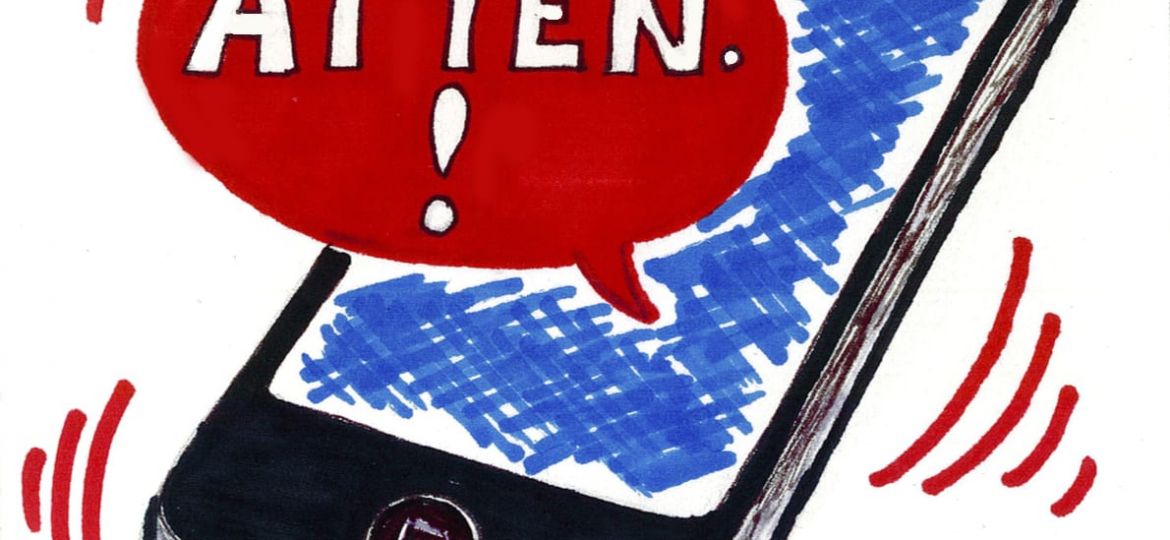
Now that St. Olaf has about 95 percent of students and 75 percent of faculty enrolled in Ole Alert, an emergency alert system, everyone can rest a little easier. If there is ever an armed gunman, the storm of the century or a chemical spill near campus, the St. Olaf community will definitely hear about it.
While students will have clear and simple instructions from administration in the case of an emergency, the administration has a much more detailed plan that it can adapt to nearly all potential emergencies, called an all-hazards approach.
“We’d provide as much instruction as we can and try not to use jargon – you know ‘shelter in place’, well what does that mean? – we’ll try to do education on what those things mean. But at the moment people need to know exactly what they want me to do – stay put or go back to my room,” Vice President for Student Life Greg Kneser said.
In the theoretical scenario of having an armed gunman on campus, St. Olaf’s administration would hand over control of the situation very quickly.
“In a situation that is that high risk, the college is very quickly not in charge. Our immediate job is to do what we can to secure students, identify where the location is, so let’s say it’s Holland Hall. We’d get that information out, tell people to shelter in place, whatever the best information is at the time,” Kneser said.
In a situation where outside help is not immediately required, administration would send out a CIRT (Critical Incident Response Team) call. This team includes Kneser, Director of Public Safety Fred Behr and Director of Residence Life Pamela McDowell. Using the same system, the people on this team would receive a text alert informing them of the situation and telling them where they need to go.
“It could be the Incident Command Center,” Kneser said, “it’s a small room that just has communications equipment. Or it could be taking place somewhere out on campus, so it could be the Public Safety vehicle that’s parked at the northwest corner of the Tostrud parking lot. Wherever it says to go, we go. And then we would debrief about what’s going on.”
This is how an incident would be handled in the first 15 minutes, and the CIRT team would decide from there what other groups need to be involved.
“All this stuff, it’s a plan that’s based on very flexible kind of things. People show up, the people are necessary, they start handling the situation, and get back up people ready.” Kneser said.
After the initial CIRT team meeting, President David Anderson’s Leadership Team gets involved too. In an emergency situation, its job is to continue the operations of the college. Classes need to continue, parents need to be kept updated, and in a high profile situation, the media would want to know what was happening.
These response teams have run drills for a variety of emergency scenarios.
“You’re sitting around a table, and you have a scenario. This summer the President’s staff did a scenario where there was an off-campus vehicle accident with an athletic team that some students were killed in. It wasn’t like a role play, it was really like a table topics where we got information and President Anderson would ask, ‘Well what’s the next thing we do?’ We went through all the processes. You find out what works and you find out where your glitches are, and at the end you fix the glitches,” Kneser said.
In the works is a more intense drill that would involve live action role play, with involvement from both the police and fire departments. However these drills can’t happen when students are on campus because it could cause a panic.
This summer several staff members attended a simulation put on by Rice County during which they faced a scenario where the entire county would need to be evacuated. This particular scenario involved the release of radioactive material from a nearby nuclear power plant.
“If we had one hour to evacuate the county, how would that happen? You have hospitals, and prisons, and schools. So we did a drill on how that would work.”
neuner1@stolaf.edu

